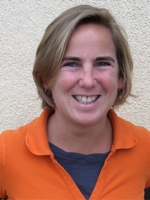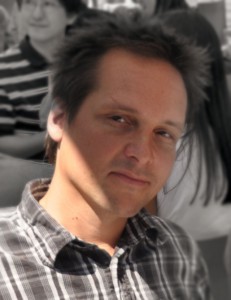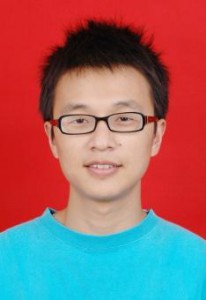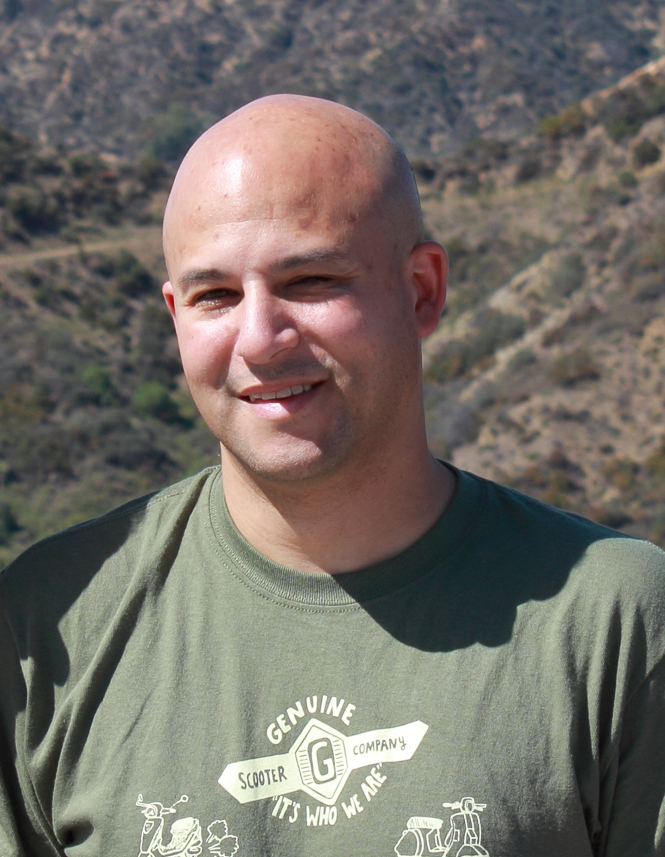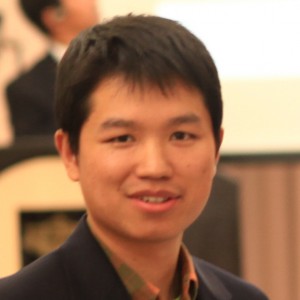
TITLE: Postdoctoral Research Fellow (2011 –
EMAIL: liuy6@nullucla.edu
OFFICE: Boyer 570
WEBSITE: http://liuyi.co
EDUCATION:
PhD Pathology, Case Western Reserve University, 2011
BS Biological Sciences, Peking University, 2005
Research Interests
I’m interested in the role of NF-kB signaling in hematopoiesis.
Tools
PyHRM: High Resolution Melt Analysis in Python (OpenSource)
NFkB gene: A list of NFkB (NFkappaB, NF-κB) target genes hosted on Github. Curated based on Dr. Thomas Gilmore’s list.
Publications
Koushik Roy, Simon Mitchell, Yi Liu, Sho Ohta, Yu-sheng Lin, Marie Oliver Metzig, Stephen L Nutt and Alexander Hoffmann. 2019. The switch from B-cell proliferation to plasma cell differentiation phases requires dynamic NFκB/cRel downregulation. Immunity. PMID: 30850343
Wen-Hsien Liu, Seung Goo Kang, Zhe Huang, Cheng-Jang Wu, Hyun Yong Jin, Christian J. Maine, Yi Liu, Jovan Shepherd, Mohsen Sabouri-Ghomi, Alicia Gonzalez-Martin, Shunbin Xu, Alexander Hoffmann, Ye Zheng, Li-Fan Lu, Nengming Xiao, Guo Fu and Changchun Xiao. 2016. A miR-155–Peli1–c-Rel pathway controls the generation and function of T follicular helper cells. J. Ex. Med. PMID: 27481129
Almaden JV, Liu YC, Yang E, Otero D, Birnbaum H, Davis-Turak J, Asagiri M, David M, Goldrath AW and Hoffmann A. 2016. B cell survival and development controlled by the coordination of NFκB family members RelB and cRel. Blood. PMID: 26773039
Almaden JV, Tsui R, Liu YC, Birnbaum H, Shokhirev MN, Ngo KA, Davis-Turak JC, Otero D, Basak S, Rickert RC, Hoffmann A. 2014. A Pathway Switch Directs BAFF Signaling to Distinct NFκB Transcription Factors in Maturing and Proliferating B Cells. Cell Rep. PMID: 25497099
Liu YC, Simmons DP, Li X, Abbott DW, Boom WH, Harding CV. 2012. TLR2 Signaling Depletes IRAK1 and Inhibits Induction of Type I IFN by TLR7/9. J. Immunology. PMID: 22227568
Simmons DP, Wearsch PA, Canaday DH, Meyerson HJ, Liu YC, Wang Y, Boom WH, Harding CV. 2012. Type I interferon drives a distinctive dendritic cell maturation phenotype that allows continued class II MHC synthesis and antigen processing. J. Immunology. PMID: 22371391
Liu YC, Gray RC, Hardy GA, Kuchtey J, Abbott DW, Emancipator SN, Harding CV. 2010. CpG-B oligodeoxynucleotides inhibit TLR-dependent and -independent induction of type I IFN in dendritic cells. J. Immunology. PMID: 20181884
Simmons DP, Canaday DH, Liu Y, Li Q, Huang A, Boom WH, Harding CV. 2010. Mycobacterium tuberculosis and TLR2 agonists inhibit induction of type I IFN and class I MHC antigen cross processing by TLR9. J. Immunology. PMID: 20660347
Anis MM, Fulton SA, Reba SM, Liu Y, Harding CV, Boom WH. 2008. Modulation of pulmonary dendritic cell function during mycobacterial infection. Infect. Immun. PMID: 18039834
Pennini ME, Liu Y, Yang J, Croniger CM, Boom WH, Harding CV. 2007. CCAAT/enhancer-binding protein beta and delta binding to CIITA promoters is associated with the inhibition of CIITA expression in response to Mtb 19-kDa lipoprotein. J. Immunology PMID: 17982082
Li L, Bin LH, Li F, Liu Y, Chen D, Zhai Z, Shu HB. 2005. TRIP6 is a RIP2-associated common signaling component of multiple NF-kappaB activation pathways. J. Cell Sciences PMID: 15657077



